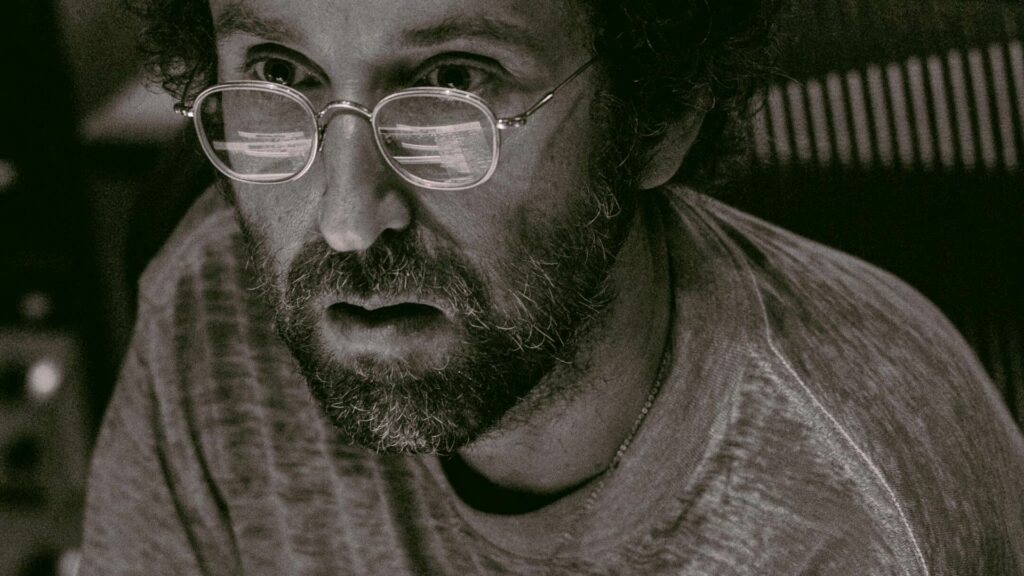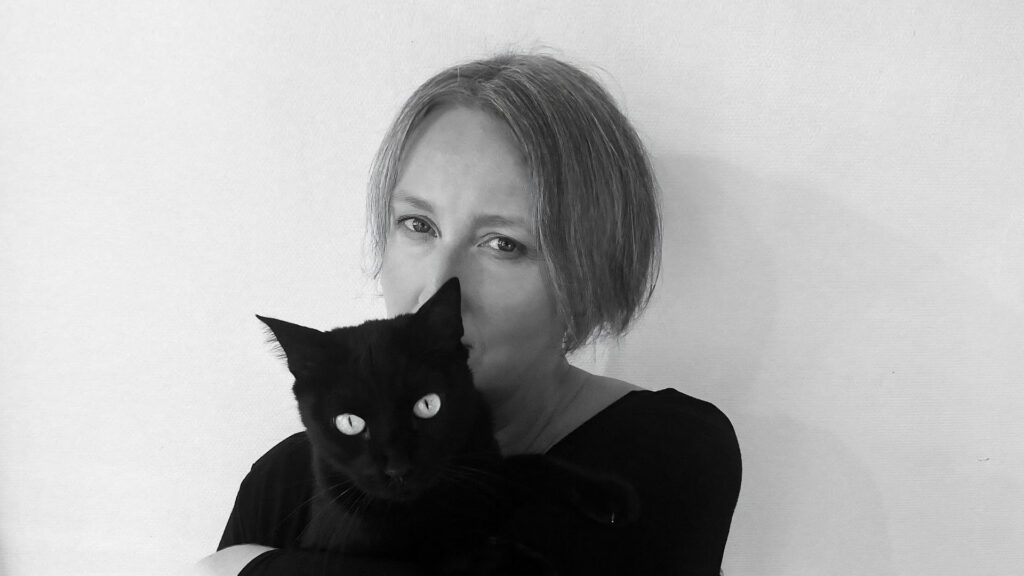Sexy. Unapologetic. Intensely liberating. And divinely feminine. These are the words that popped into my head the first time I stumbled upon a reel of a woman dancing in heels on one of my regular doomscrolls on Instagram. The way her limbs fell into perfect synchronisation while balancing on those 6-inch stilettos seemed exactly what grace personified would look like. And boy, was she fluid. She evoked this insane fire in me of wanting, no, scratch that, needing to unleash my sexiness. Seeing her glide and strut across the floor in her red pointy heels made me want to celebrate my femininity. She made me feel proud of being a woman igniting this spark of infectious madness. And it wasn’t long before I fell into the rabbit hole of stiletto dancing seeing women and men take over dance clubs by storm in thigh-high boots with their sensual floorwork.
So what exactly is stiletto dancing?
A focus on footwork and body control, as well as crisp, precise movements, are what make stiletto dancing what it is. Pop, hip-hop, and R&B are just a few of the music genres that can be used for stiletto dancing. You can enhance your entire dancing abilities, including balance, coordination, and muscle control, by practising stiletto dancing. Dancers’ core and leg muscles must work harder in high heels, which can strengthen and stabilise them. The dancer’s overall technique can be improved by being forced to concentrate on proper alignment and form by the heels.
Stiletto dancing through the times
It’s not really new and uncommon to dance in heels. Low heels are required for traditional court dances and folk dances like the jig. In the late 1800s, American burlesque dancing first appeared. Josephine Baker rose to fame during the Jazz Age of the 1920s by dancing in low heels both on stage and in movies. Black dancers in Harlem’s Cotton Club performed in a chorus while decked out in high heels and long, feathered costumes. Stars like Ginger Rogers and Cyd Charisse, who appeared to float in heels, were prominent figures in Hollywood films during their golden age. Dancers were known for popularising choreographer Bob Fosse’s jazz hands, bent shoulders, and isolated motions in the 1960s and 1970s.
In the 20th century, stiletto dancing gained enormous popularity and was frequently seen in exotic current dances like jazz, ballroom, and Latin. Other forms, including pole dance, also employed it. Nancy Dell’Olio, a contestant on Strictly Come Dancing, was outraged when she couldn’t wear her favoured six-inch £600 Christian Louboutin stilettos when the BBC’s health and safety regulations declared them too hazardous. A pair of two-inch heels were sent as a replacement, but the 50-year-old celeb claimed they were “tiny” and turned them down. You go, girl!
Heels as an extension to your femininity
“It’s been such an incredible journey and I can’t wait to see where it takes me from here on,” says Alannah Moniz who filmed the mini documentary ‘Dancing through life in a stiletto’ as a project in defence of the heels community from those who criticise it deeming it as overtly provocative and inappropriate. Moniz further discusses how she’s encountered women in the community who’ve opted to keep their passion for this beautiful dance style a secret out of fear of being judged or seen a certain way while others keep it from areas like their workplace out of concern that they would appear unprofessional. With her documentary, Moniz hopes the audience has a glimpse of how she perceives the art of stiletto dancing – “as someone who has experienced its positive effects first hand.” The shots are taken in a way that makes the viewer feel like they are a fellow dancer in the studio as well as an audience member in the performances. This is the reason a tiny part of my soul was crushed seeing critics like Lori Day make explicitly disparaging remarks about women’s relationship with heels, bras, waxing, and empowerment. The author ends her piece with the remark, “Better yet: How do you liberate women? One step at a time, in shoes that can go the distance.”
My heart soared with joy when I saw dancers in the film talking about how they felt an instant boost of confidence when they slipped on a pair of heels. The simple reason being I relate with that feeling, I relate with that instant sense of elevation both, physical and emotional, every time I walk out the door wearing heels. And such criticism makes fun of those who choose to engage in activities that are viewed as traditionally more feminine, in this case, activities that are oppressive since they contribute to the spread of patriarchal culture. This is where a significant gap between third wave or “post-feminists” and first and second wave feminists emerges. Women who adhere to these liberal feminist values and behaviours fail to confront the interlocking systems that oppress women, criticising the creative tricks third wave and liberal feminists use to make oppression more comfortable. This viewpoint has generated a great deal of discussion within the feminist community. They hold the opinion that women choose to engage in sexual exploitation as opposed to continuing the advancements made by their foremothers in the fight for empowerment. The frankly sickening idea that this is done for men’s pleasure in exchange for recognition and attention is still widely held. Regardless of whether they adhere to traditional norms of feminine behaviour, women face criticism on a macro level. Women are labelled as “sluts” or “showing off” if they choose to show some skin and publicly display their sexuality. On the other hand, modestly dressed women who object to any discussion of sex, femininity, or beauty are referred to as “prudes” and “uptight”. Yet the heels community provides a woman the power and the confidence to go against those critiques and be comfortable in her own flesh while allowing her to safely and openly embrace the elements that society may otherwise point out as being ugly, unpleasant, or indecent.
Dancers enter a space where they are accepted, empowered, and free to be whoever they want to be at that one moment. People don’t understand that in the classrooms and practise halls, it’s not only about recording the choreography or dressing in fishnet tights and a body suit. By wearing heels, which is often thought of as just an accessory to improve sexual desire, the women in this group are regaining their power and subverting the criticism that it is for male approval. Spending time in the studio allows for quality time with close friends, therapeutic dance practise, and both physical and mental exercise. It is a place where a person can entirely let go of any stresses they may be experiencing. These women voluntarily choose to attend that lesson and remain in the studio. Emphasis on choice. Even in the one-hour novice heels lessons, some women gain more self-confidence simply by discovering a facet of their femininity that they may not have previously acknowledged.
Stiletto dancing in the ballroom scene
Today artists across the world, especially from the ballroom scene, have embraced stiletto dancing as an expression of their identity. American singer, choreographer and queer icon Todrick Hall cranked it up for pride month in 2019 with the stiletto-clad army of choreographed dancers he assembled for his anthem “Nails, Hair, Hips, Heels.” Queens now know what to do each time ‘Shablam!’ is yelled out.
24-year-old Bay Area native, Amit Patel has performed with numerous groups throughout his childhood. He is currently exploring his journey with his organisation- The Amit Patel Dance Project (APDP). His main goals are to promote his Bollywood Heels workshops (he does, after all, instruct Bollywood routines in 6-inch stilettos), to pioneer the Indian Contemporary dance movement, and to combine his love of dancing with his commitment to LGBTQ awareness and education. He works tirelessly to promote diversity in dance. Diversity in dancing styles, gender, and ethnicity—you name it!
So go on and grind ‘em heels!
Every action you take with passion and purpose is sacred. And stiletto dancing is just that- a spiritual experience where you feel the energy flow through you and connect with it. Knowing and accepting your body is incredibly empowering, and this style of dance demonstrates to a woman why she is formed the way she is, why she is the goddess worth worshipping. With stiletto dancing, you choose the style of your dance, whether it’s precise and technical or zen-like and spiritual. However, the divine feminine must be awakened by accepting this form’s sensuality. So dim the lights, amp up the music and get loose. Happy strutting!



